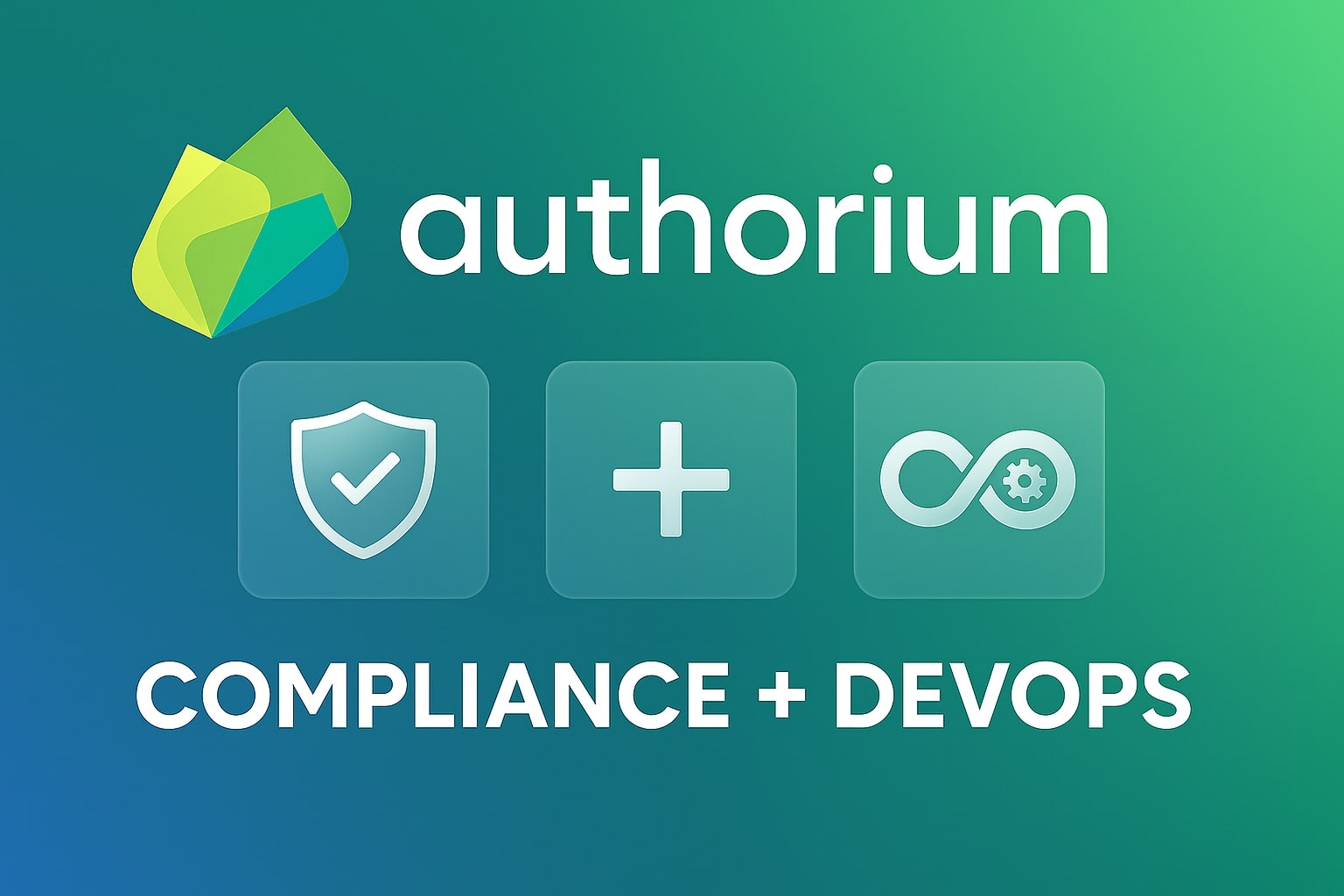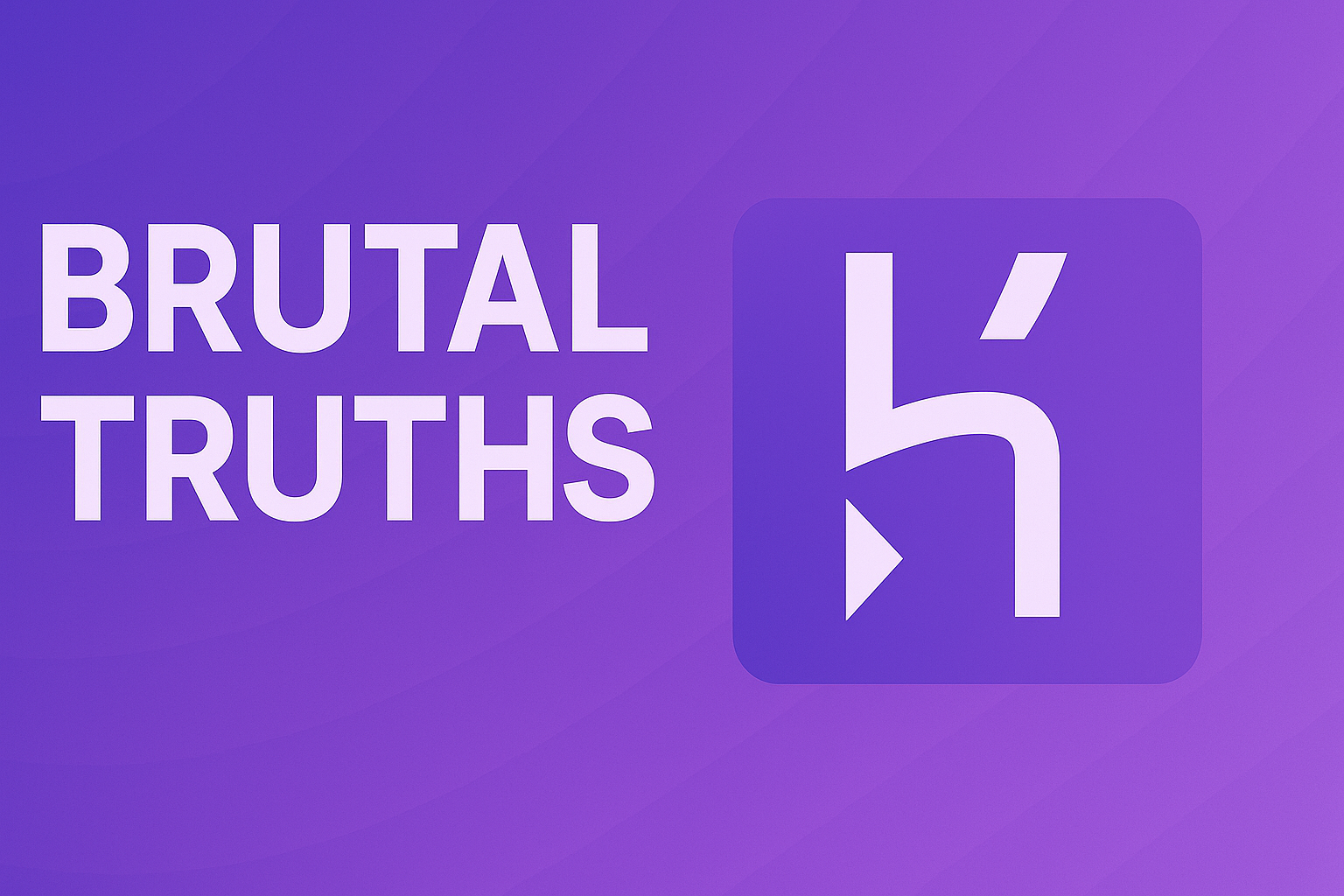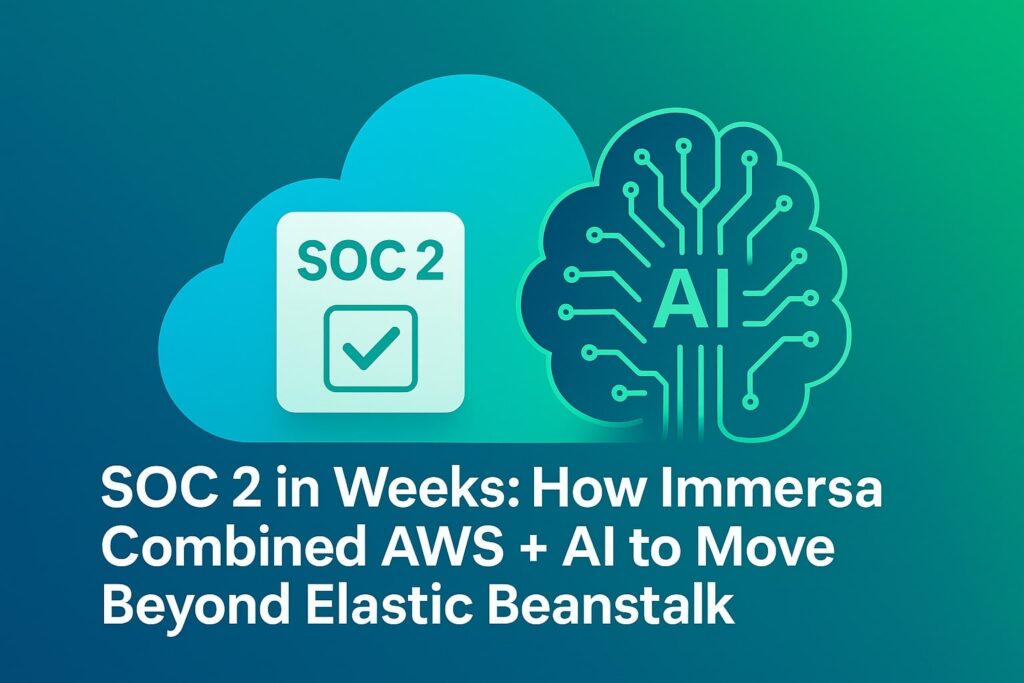Quick Listen:
Cloud migration has become a cornerstone for modern enterprises seeking agility, scalability, and cost efficiency. As we approach 2025, the evolution of cloud migration services is poised to address an increasingly complex digital landscape. Businesses are navigating challenges like integrating hybrid and multi-cloud environments, optimizing workloads with AI, enhancing security, and achieving sustainability goals. This article delves into the emerging trends and innovations in cloud migration services, providing insights on how businesses can leverage these advancements to maintain a competitive edge.
The Rise of Hybrid and Multi-Cloud Environments
Hybrid and multi-cloud environments are no longer optional—they are the new norm. As organizations diversify their cloud strategies to avoid vendor lock-in and optimize workloads, cloud migration services in 2025 will focus on creating seamless transitions between on-premises, private cloud, and multiple public cloud providers. This approach offers unparalleled flexibility, enabling businesses to:
- Tailor Workloads: Allocate specific workloads to the most suitable cloud environment based on performance, cost, or compliance needs.
- Enhance Redundancy: Minimize downtime risks by distributing resources across multiple platforms.
- Optimize Costs: Dynamically scale services to manage expenses more effectively.
Emerging tools and platforms are making this transition smoother. For instance, advanced orchestration tools will automate application deployment across diverse environments, ensuring compatibility and reducing operational complexity. Additionally, service providers are investing in robust integration frameworks that streamline data flow and communication between disparate systems.
AI-Driven Optimizations: The Game-Changer
Artificial Intelligence (AI) is transforming how organizations plan, execute, and manage cloud migrations. By 2025, AI-driven optimization will be integral to migration strategies, helping businesses achieve:
- Workload Analysis: AI algorithms can evaluate existing workloads, identifying the most cost-effective and performance-efficient cloud environments.
- Predictive Maintenance: Machine learning models will anticipate potential issues during migration, minimizing disruptions.
- Real-Time Decision-Making: AI-powered dashboards will provide actionable insights, allowing IT teams to adjust resources dynamically.
Moreover, AI's role extends beyond the migration phase. Post-migration, AI tools will monitor system performance, recommend enhancements, and automatically adjust resources to align with business needs, ensuring continuous optimization.
Cost-Efficiency Strategies: Doing More with Less
Cloud migration is often associated with high upfront investments. However, 2025 will bring a shift toward cost-efficiency strategies that reduce the financial burden of migrations. Key developments include:
- Subscription-Based Models: Migration services are moving toward flexible pricing models, allowing businesses to pay for only what they use.
- Containerization: Containers, with their lightweight and portable nature, enable cost-effective migrations by simplifying application deployment across environments.
- FinOps Integration: Financial Operations (FinOps) is becoming essential for managing cloud costs. Migration services will integrate FinOps practices to provide visibility into expenses, enabling organizations to track and optimize their spending.
These strategies empower businesses to achieve significant ROI while aligning their cloud strategies with budgetary constraints.
Enhanced Security Protocols
As cyber threats grow more sophisticated, security remains a top priority during cloud migrations. In 2025, migration services will incorporate advanced security measures to address vulnerabilities and ensure data protection. Innovations in this domain include:
- Zero Trust Architecture: Implementing a “never trust, always verify” model ensures that access to resources is continuously authenticated.
- Data Encryption: End-to-end encryption protocols will secure sensitive data throughout the migration process.
- Real-Time Threat Detection: AI-driven security tools will monitor for anomalies, providing instant alerts and automated responses to mitigate risks.
Moreover, regulatory compliance will play a crucial role. Migration services will incorporate tools that help businesses adhere to data protection laws like GDPR, HIPAA, and CCPA, reducing the risk of legal repercussions.
Sustainability in Cloud Migration
Sustainability is no longer a buzzword; it's a business imperative. Cloud migration services in 2025 will prioritize eco-friendly practices, addressing the environmental impact of cloud computing. Key trends include:
- Green Data Centers: Providers are investing in energy-efficient data centers powered by renewable energy sources.
- Carbon Footprint Monitoring: Advanced tools will enable organizations to measure and reduce the carbon emissions associated with their cloud usage.
- Sustainable Migration Practices: Service providers will adopt practices that minimize energy consumption during migration processes.
Businesses aligning their migration strategies with sustainability goals not only contribute to a greener planet but also enhance their brand reputation among environmentally conscious stakeholders.
How Businesses Can Leverage These Advancements
To capitalize on the innovations shaping cloud migration services in 2025, businesses must adopt a strategic approach:
- Assess Readiness: Conduct a comprehensive audit of current IT infrastructure to identify migration opportunities and challenges.
- Choose the Right Partner: Collaborate with migration service providers that offer expertise in hybrid/multi-cloud strategies, AI optimizations, and security enhancements.
- Invest in Training: Equip IT teams with the skills needed to manage and optimize cloud environments effectively.
- Prioritize Sustainability: Incorporate sustainability metrics into migration planning to align with broader corporate social responsibility goals.
By embracing these strategies, businesses can ensure smooth migrations, maximize ROI, and unlock the full potential of their cloud investments.
The Competitive Edge in 2025
Cloud migration services are evolving rapidly, offering businesses unprecedented opportunities to transform their operations. The integration of hybrid and multi-cloud solutions, AI-driven optimizations, cost-efficiency strategies, enhanced security, and sustainable practices are not just trends—they are necessities for staying competitive in a digital-first world.
As organizations prepare for the future, those that proactively embrace these advancements will position themselves as industry leaders, capable of adapting to changing market demands and technological landscapes. By leveraging the latest innovations in cloud migration services, businesses can achieve agility, scalability, and long-term success in 2025 and beyond.
This comprehensive guide highlights the pivotal role of cloud migration services in shaping the digital landscape of 2025. For organizations ready to embark on this journey, the future holds immense possibilities—fueled by technology, optimized processes, and a commitment to sustainable growth.
You may also be interested in: Top 12 Multi-Cloud Platforms for 2025 Deployment
Eliminate DevOps hiring needs. Deploy secure, compliant infrastructure in days, not months. Accelerate your launch and growth by avoiding tedious infrastructure tasks. Join thousands of Dev teams getting their time back. Leverage DuploCloud DevOps Automation Platform, backed by infrastructure experts to automate and manage DevOps tasks. Drive savings and faster time-to-market with a 30-minute live demo









